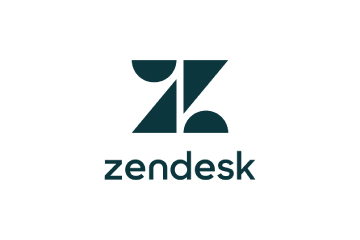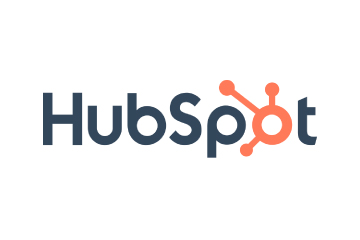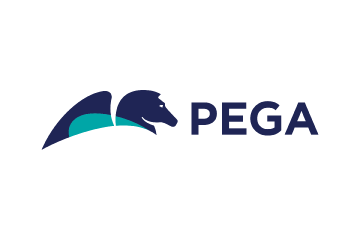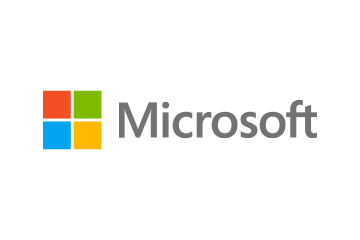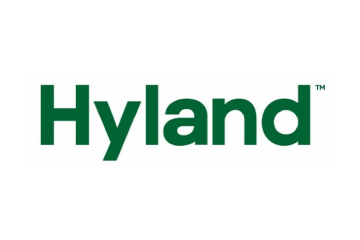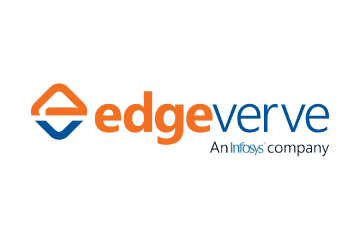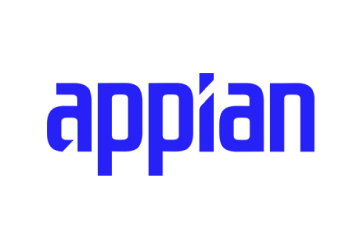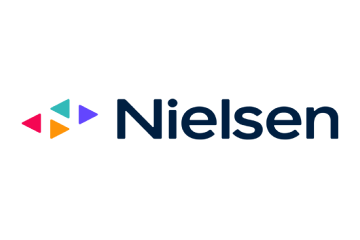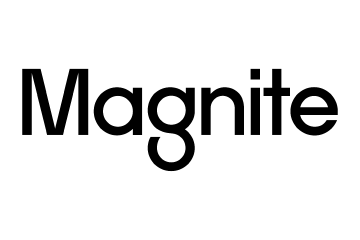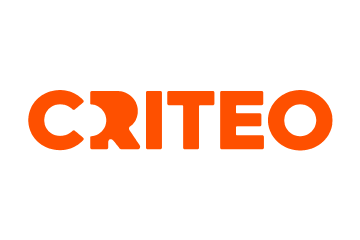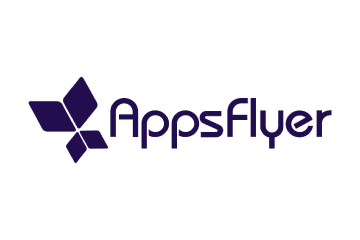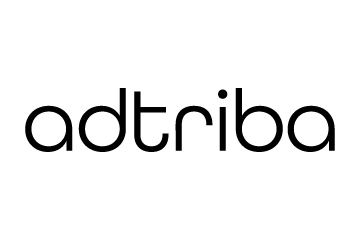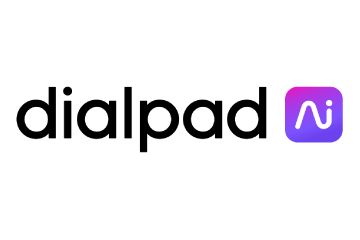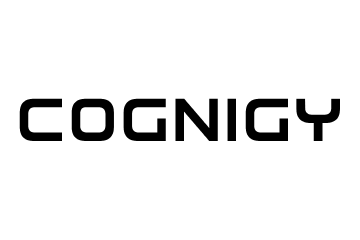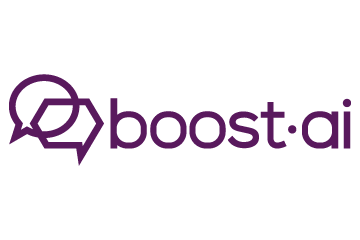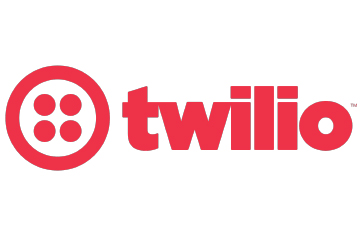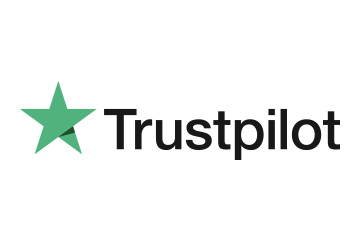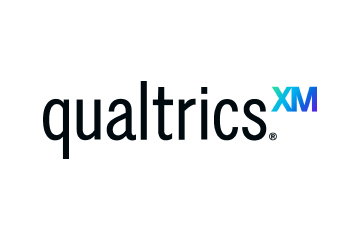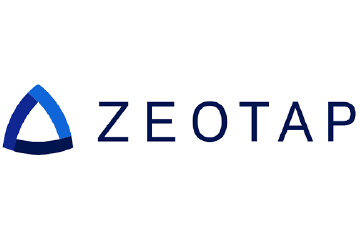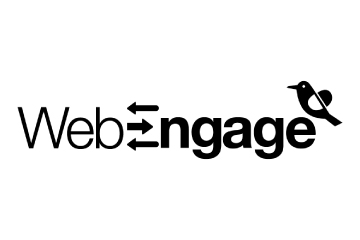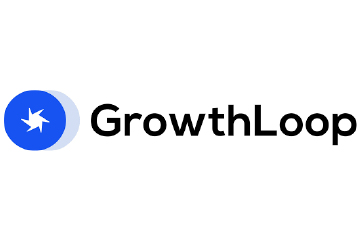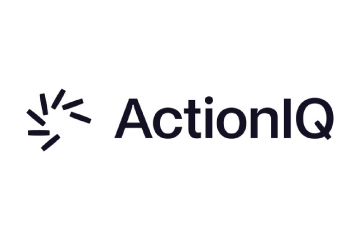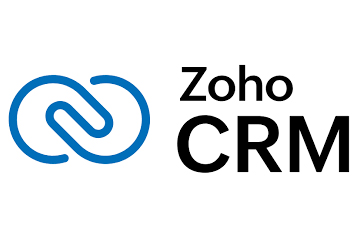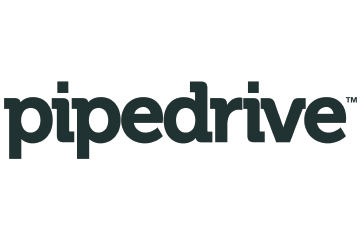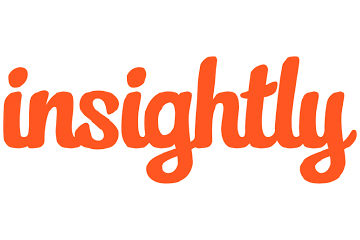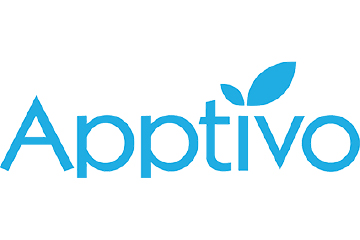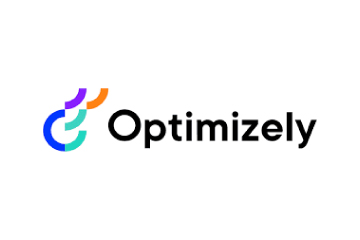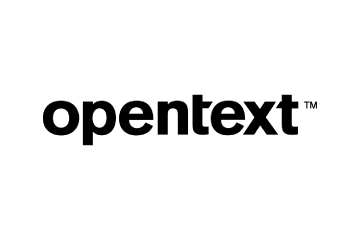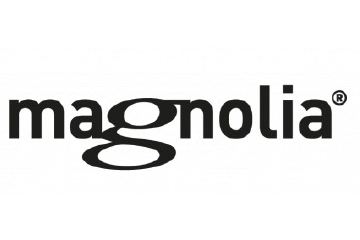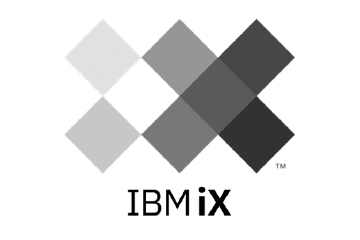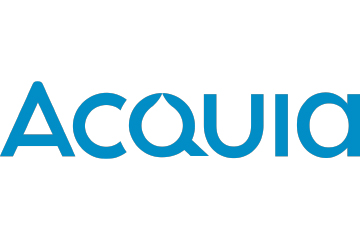More Isn’t Better, Focus on Cross-Channel Optimisation
With 48% of marketers using 11 or more digital channels, the key to success lies in prioritisation, data-driven optimisation, and seamless cross-channel integration.
Topics
What to Read Next
- Vbrick Integrates with ServiceNow to Power Generative AI via Video Content
- MarketFully Acquires Social Element to Expand AI InContent Offering
- GoWit Launches GoWit One, the Unified AI Operating System
- Force Management Launches XCELERATOR, an AI-Powered Sales Assistant
- Braze Delivers BrazeAI Decisioning Studio on Google Cloud Marketplace

“When we think of omnichannel, we just think we have to be everywhere. But what suffers when you do that? The quality of your service over all those different channels,” says Nate Brown, Head of CX Advisory for Metric Sherpa, Co-Founder of CX Accelerator.
It is true that marketers today are juggling between multiple channels to meet the customer everywhere. Today’s consumers expect personalisation across every communication they receive from a brand. It has become essential for marketers to strategically manage these channels to create a seamless customer journey and boost performance.
Navigating digital advertising and marketing channels is like navigating a complex and often overwhelming maze. Marketers are constantly adding new platforms to their mix, each with its own rules. In fact, 48% of marketers use 11 or more digital channels for advertising, as revealed by the Enhancing Ad Performance: State of Channel Optimisation in the Middle East report by Adwake.
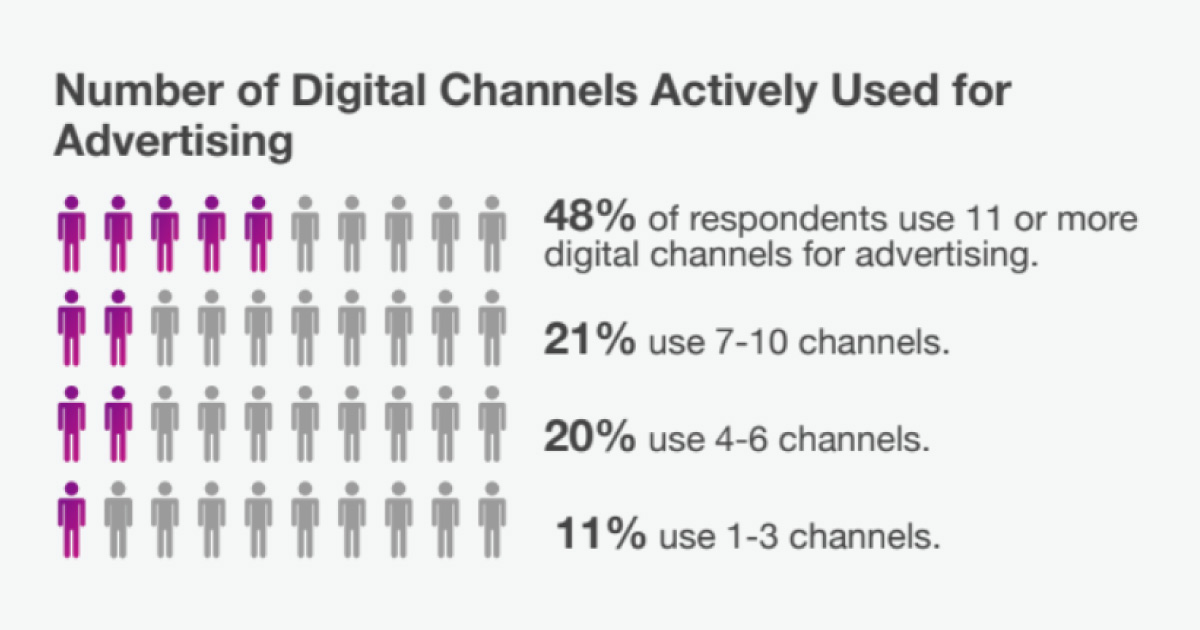
With brands juggling social media, search engines, email, and more, each channel demands a distinct approach. The real challenge is not just being present but knowing which channels to prioritise, how to integrate them, and how to measure their impact.
Understanding the Challenges of Cross-Channel Integration
In order to ensure that a unified message is delivered to the audience, integrated, cross-channel marketing efforts are required that span various platforms and touchpoints. A number of challenges to this approach include:
- Integrating data from multiple sources can be a complex process with each channel bringing in different kinds of information that need consolidation. The study shows that 57% of marketers encounter data synchronisation issues.
- Brand messaging and impact can suffer from inconsistent messaging across channels. In fact, 77% of marketers have reported struggle with consistent messaging.
- If the channels are divided between marketing teams, it can lead to channel silos.
- It is very important to assess which channel is bringing how much conversion—accurate attribution between multiple channels can be challenging. As per the report, 76% of marketers have difficulties with performance tracking.
- The diverse nature of channels makes it difficult to map customer journeys.
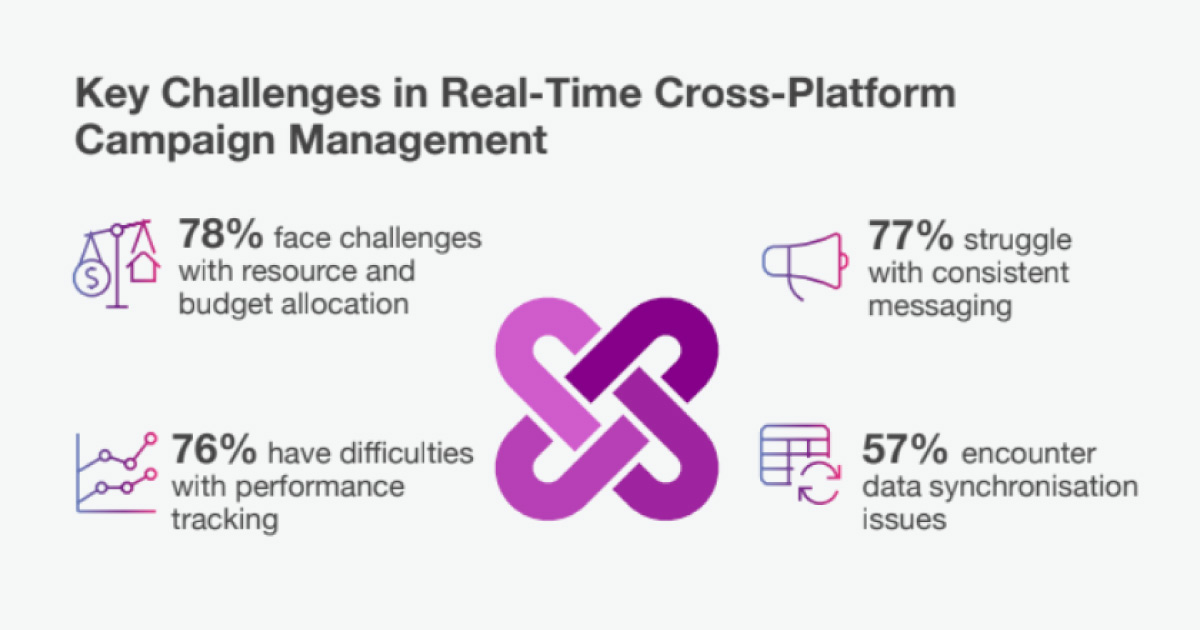
“A key challenge in channel optimisation across is the fragmentation of media consumption,” says Deepak Kumar, Director of Marketing at Boutiqaat.
Kumar emphasises that customers are showing diverse social media preferences, with different platforms gaining traction among various demographics and markets. And, keeping up with these shifting trends while ensuring consistent messaging across platforms can be challenging.
“Additionally, ensuring that data collection and personalisation strategies remain compliant with global and local regulations while delivering high engagement across channels is a constant balancing act. These challenges require a flexible, data-driven approach to ensure channel diversification efforts are effective and legally compliant,” he adds.
A Step-by-Step Approach for Channel Optimisation
With a broad array of channels at disposal, businesses juggle with selecting and optimising the right platforms for reaching their audience. Communication channels can be refined to deliver maximum impact by assessing consumer preferences and behaviours.
Effective channel optimisation starts with first identifying a clear objective, not just for the business, but also for individual channels. Other ways to implement channel optimisation, as highlighted in the report, include:
- Use data analytics to identify high-performing channels and allocate budgets accordingly.
- Conduct A/B testing across individual channels before investing heavily in many.
- Select channels based on specific campaign objectives like brand awareness or lead generation.
- Centralise content creation to maintain consistent messaging across platforms.
- Utilise tools that combine data from all channels into a single dashboard for unified performance tracking.
- Set clear KPIs for each channel to guide real-time, data-driven adjustments.
- Automate data synchronisation with APIs or data connectors for seamless integration.
Optimising advertising channels isn’t a one-day, or even a one-month process. It evolves with the way the business adapts to market and consumer needs, with new channels added to the mix everyday, alongside new customer preferences.
The best approach to ensure a seamless customer journey with flawless integration across channels is to conduct periodic assessments of performance and continue to tailor your strategy with data-driven decisions.
The Enhancing Ad Performance: The State of Channel Optimisation in The Middle East report offers an in-depth analysis of digital marketing and adtech in the region, and highlights the current landscape, strategies, key trends, and ad performance analytics. Read the full report here.






